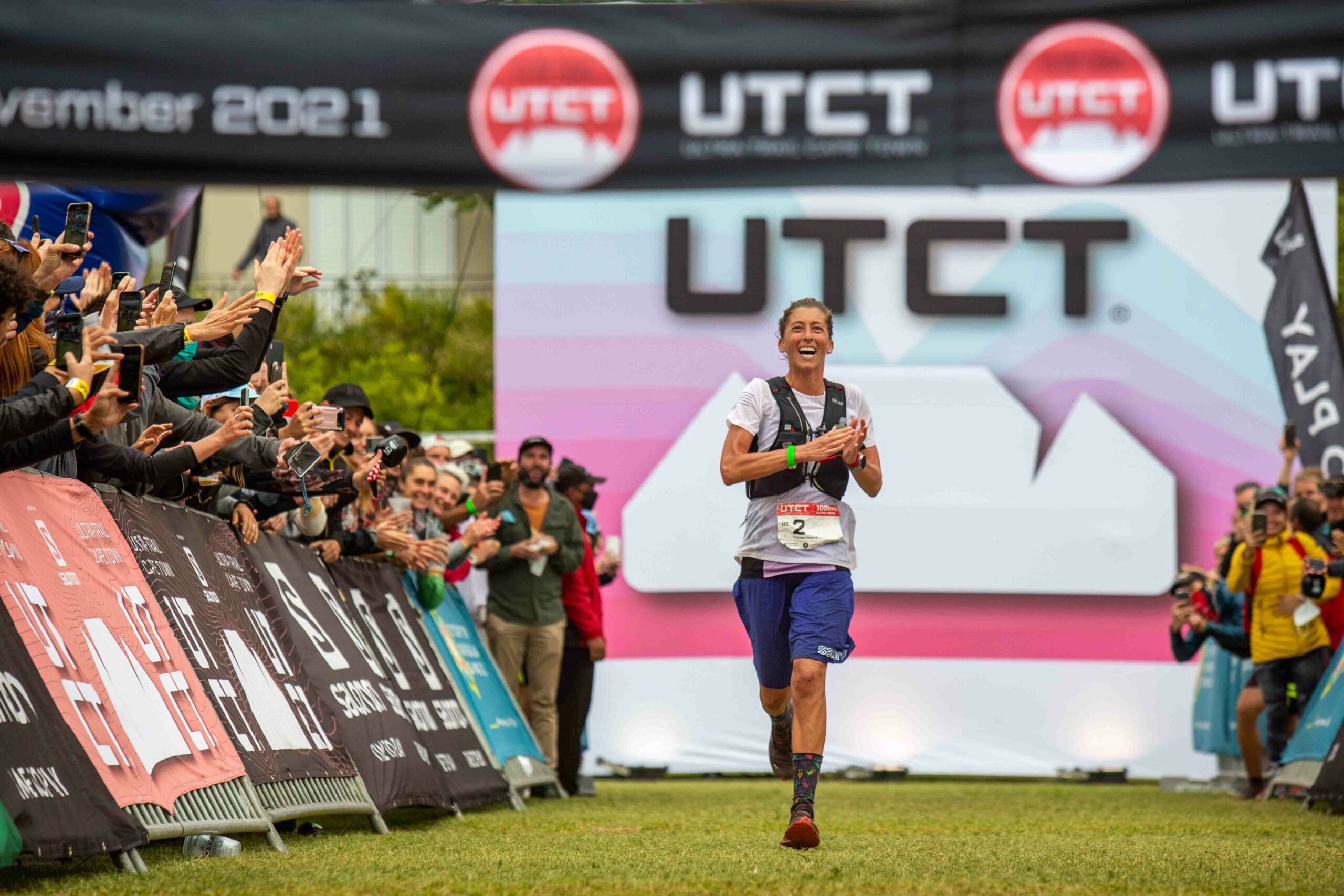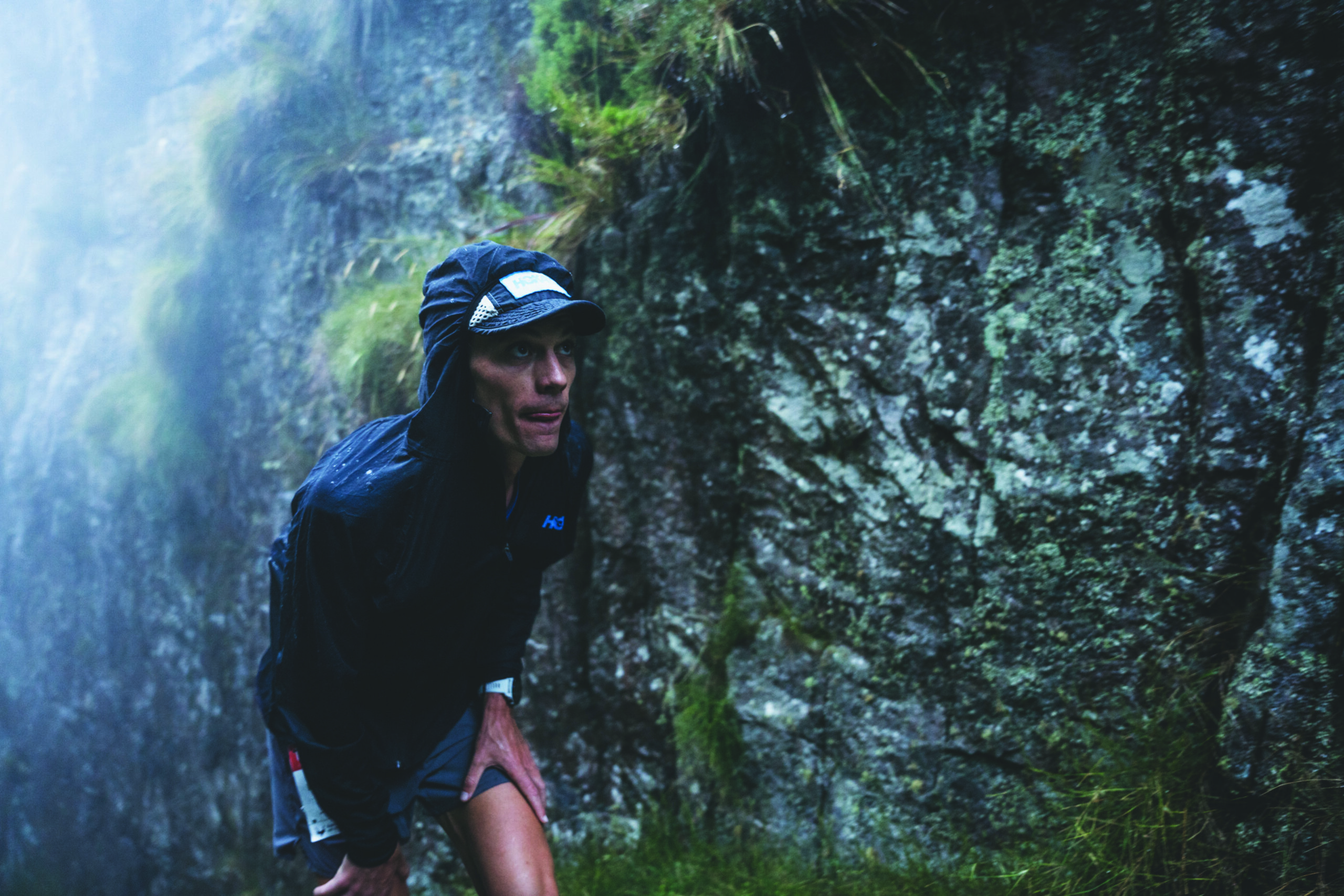Sniper Rock, Sandbagging, BAB… Trail Lingo You Need To Know!
If you’re going to be part of the trail running community, you have to learn the language
Saucepan Eyes
That dazed, faraway look, often seen by seconds and aid-station helpers, after 8-plus hours of trail running.
Techie
A trail that’s difficult to run. Rocky, shaley or with lots of obstacles to conquer, making it difficult to run smoothly.
Sniper Rocks
Rocks you never see but that seem to appear from nowhere, causing anything from a rolled ankle to a foot bruise. Often hidden under sand, grass or shrubbery.
Suffer Peak
One of the most intense climbs in Hout Bay is a well-known training area for local trail runners called Suther Peak. Its vertical challenge and technical terrain have earned it a suitable nickname.
Pain Cave
Some embrace it, others fight it; but it’s part of trail running. Its the Zone of Suffering that builds character and makes you question why you’re doing this to yourself. But embrace it and push through, and you’ll have one of the most rewarding experiences in running.
Switchbacks
Trails that wind their way down a mountain, and include tight bends where the route switches back on itself. Technically proficient trail runners will glide through switchbacks almost effortlessly by coming in wide and accelerating through the apex, just like in a race car.
Gnarly
A term used by older-generation trail runners to describe technical terrain. Despite its age, it’s still in popular use. Surfers use it to describe waves, too.
Bladder
Not an internal body part but the water container inside your trail pack used for hydration. Cleaning a bladder effectively may be one of the most difficult tasks in sport; but they’re crucial for anything longer than a 10km trail run.
Running Pack
We’ve seen all sorts of styles over the years. Thankfully, modern running packs are so good, you hardly know you’re wearing one. Always make sure you have the right size, and practise wearing it in training.
Drop
The difference in height between the front of a running shoe and the back. The lower the difference, the more level the running shoe. Trail runners tend to go for lower drops, as it gives them a better trail feel.
Profile
That jagged-toothed image you see at the bottom of every route map. It tells you where the hills are, and how much elevation to expect. The experts will tell you that looking at the profile is more important than looking at the route map. Check out the general elevation over the whole course, so you can get an idea of how to pace yourself.
Vert
‘My vert skyrocketed over the final 5km.’ Refers to the total amount of elevation accumulated on a course.
FKT
Fastest Known Time. When trail runners aren’t competing in races, they’re doing FKTs. A runner will set a record for a specific piece of trail, normally measured using a GPS unit, and then load it up on Strava and claim it as an FKT. These become course challenges that anyone can tackle, anytime.
Dead Man’s Slog
A running style characterised by being barely perceptible as running. It’s not a walk; rather, it’s a deathly slow run for which every metre forward seems to be an effort. Usually seen at the three-quarter mark of endurance events. Common at the Comrades Marathon.
BTW
Better Than Walmsley – as in Jim Walmsley, American trail legend and winner of the UTCT 100km in 2021. Walmsley has won pretty much every major endurance trail event on the planet; so being BTW is a rare occurrence.
BAB
Building Aerobic Base. Those long, slow early-season runs, designed to build your mitochondria and turn you into a running engine by the time the pre-race speed sessions start. BRB is a critical but often neglected part of training.
LOL
No, not Lots Of Laughs or Love You Lots, but Lots of Lactate. You know that beastly 10-minute climb straight up the mountain, when your quads are burning hotter than a Vindaloo? That.
TBH
Transcendent Barely Human. ‘Transcendent’ describes reaching a state of being above the range of normal and physical human experience. It is what trail runners strive for; they search for meaning beyond just the challenge of the trail. They will talk about being ‘one with the trail’, and ‘immersing in the experience’. The closer you get to this nirvana, the bigger and better the experience.
Red-Eye Run
Any run done before the birds start chirping.
Hiker’s Friend
A specific type of bush found on Table Mountain and surrounds that has a habit of cutting your legs to pieces when you run through it. Usually, you don’t see it in time; but the cuts and scratches will be clear evidence of an encounter.
Hedgie!
Ryan Sandes’ nickname, and a reference to his wild hair – seen to best effect after a multi-day self-supported race.
Date Balls
Everyone should know how to make the ultimate trail-running snack. But if you don’t, most health stores have a version (usually scoffed at by every runner who makes their own). Whichever route you take, beware: too many dates, and your stomach may start ruining your day.
Buffed
A smooth, fast-flowing and runnable bit of trail.
Boskak
A popular Afrikaans term to describe pooing in the bushes. Be sure to practise this dark art, as there is technique required to prevent soiling your clothing and/or ‘stepping in it’. If a boskak is called for, the number one rule is to make sure you’re as far off the trail as possible.
Code Brown
A sudden and uncontrollable urge to have a boskak.
Chicked
When Courtney Dauwalter or any other female runner passes a male runner. In trail running, women often finish in the top 10 at big events.

Swamp Foot
During long, endurance trail runs, if it rains, your feet may stay wet for long periods. In a multi-day race this can become a problem, as your feet start to rot inside your shoes. Keeping your feet dry is the key to comfort; so do all you can to avoid those puddles.
Buying Land
To fall hard during a run. The result is that quite a lot of ‘the land’ ends up on your knees, legs and other parts of your body.
Frothing
I’m frothing to tag some peaks.’ Excited and eager. Most runners will froth a day or two before a planned big race or FKT attempt.
Tagging
Ticking off a big climb or mountain.
Wizard sticks
Running poles. Whether you’re on the slopes of the Alps or in Newlands Forest, poles can make a big difference to how you deal with the vert. And knowing how to use them is critical: some courses suit the use of poles, while on the narrow, loose UTCT trails, the jury’s out on whether they’re an aid or a hindrance.
Bombed
‘I bombed down that trail.’ I ran down that trail at a fast pace, probably hooting with joy.
Captain Cramp
That one member of your training group who always cramps… even if it’s on just a gentle 5km loop.
Chatty Cathy
That one member of your training group who always talks on the run, even up Suffer Peak.
Rocket Fuel
A double espresso, used to jolt runners awake before a Red-Eye Run.
Tailgating
Drinking beer out the boot of your car after a trail run.
Moonscapers
The naked people on the Sandy Bay section of UTCT.
Plattekak,
Not Platteklip.

Kane Train
The habit of the front-runners in a race to follow hot on the heels of local trail legend Kane Reilly for the first third of the event. Reilly is well known for starting off fast and is often trailed by any number of wannabees, who often fall off his pace a short while later.
Megatron
South African running legend Meg McKenzie
Going To The Well
Digging deep. ‘I really had to go to the well to finish that race.’
Fast-Packing
When it’s impossible to run up a steep climb, fast hiking can be just as effective. By walking fast and with determination, big climbs can be conquered and running muscles can be rested. Learning how to fast-pack is a key trail-running skill, and used by everyone from elites to just-finishers.
Sandbagging
When a runner claims to be unfit, but their Strava Files reveal 200km weeks…
READ MORE ON: trail-running ultra-trail cape town



